
4 minute read
ROTARY IN UKRAINE
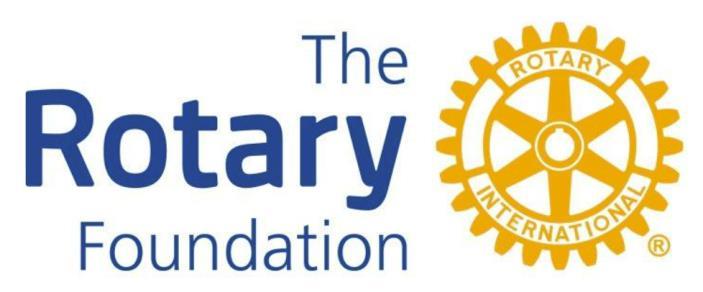
Consider applying for a disaster response grant
Advertisement
Find out how Rotary districts can apply for a grant from the Disaster Response Fund.
Now through 31 December 2022, districts can apply for grants to provide relief such as water, food, shelter, medicine, and clothing to refugees or other people affected by the crisis. Districts should work closely with local officials and groups to ensure that the funding will meet a specific community need.
Ukraine has 62 Rotary clubs and six satellite clubs with about 1,100 members, and 24 Rotaract clubs with more than 300 members. District 2232 (Ukraine and Belarus) formed a committee to help people affected by the crisis.

DATES TO NOTE (plus links)
Thursday, February 2, 2023 World Wetlands Day
Saturday, February 4, 2023 World Cancer Day World Cancer Day – Take the quiz International Day of Human Fraternity
Monday, February 6, 2023
International Day of Zero Tolerance to Female Genital Mutilation
Friday, February 10, 2023 World Pulses Day
Saturday, February 11, 2023 International Day of Women and Girls in Science

Monday, February 13, 2023 World Radio Day
Monday, February 20, 2023 World Day of Social Justice
Tuesday, February 21, 2023 UN International Mother Language Day
Summary of new polioviruses this week:

• Afghanistan: two WPV1 positive environmental samples
• Algeria: one cVDPV2 positive environmental sample
• Cameroon: one cVDPV2 case
• Chad: two cVDPV2 cases
• DR Congo: 16 cVDPV1 cases and 19 cVDPV2 cases
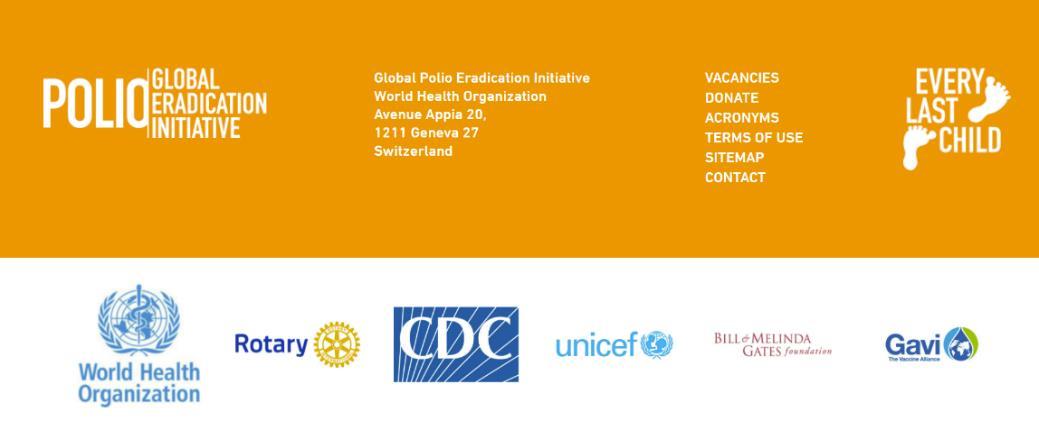
• Nigeria: one cVDPV2 case
• Somalia: one cVDPV2 case
• Zambia: two cVDPV2 positive environmental samples For more information, click here - http://polioeradication.org/polio-today/polio-now/this-week/
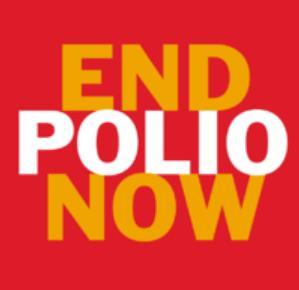
- Extraordinary joint statement to Polio Eradicators
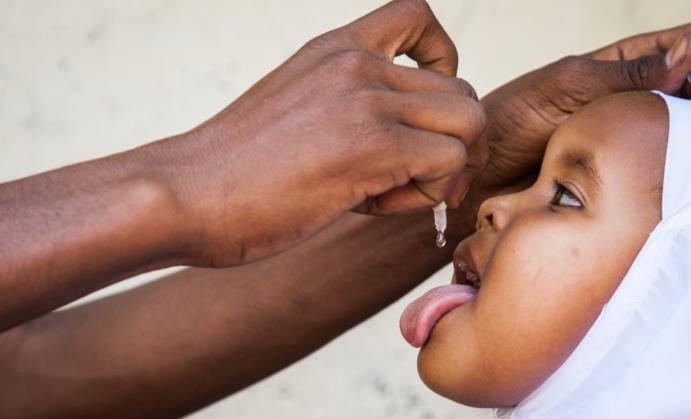
As the Global Polio Eradication Initiative (GPEI) enters its 31st year, the Chairs of the effort’s main global advisory bodies issue an extraordinary joint statement, urging all involved in the effort to excel in their roles.
In an extraordinary joint statement by the Chairs of the main independent, advisory and oversight committees of the GPEI, the Chairs urge everyone involved in polio eradication to ensure polio will finally be assigned to the history books by 2023.
The authors are the chairs of the Strategic Advisory Group of Experts on immunization (SAGE), the Independent Monitoring Board, the Emergency Committee of the International Health Regulations (IHR) Regarding International Spread of Poliovirus and the Global Commission for the Certification of the Eradication of Poliomyelitis (GCC).
The Endgame Plan through 2018 has brought the world to the brink of being polio-free. A new Strategic Plan 20192023 aims to build on the lessons learned since 2013.
The joint statement urges everyone involved in the effort to find ways to excel in their roles. If this happens, the statement continues, success will follow. But otherwise, come 2023, the world will find itself exactly where it is today: tantalizingly close. But in an eradication effort, tantalizingly close is not good enough.
The statement therefore issues an impassioned plea to everyone to dedicate themselves to one clear objective: to reach that very last child with polio vaccine. By excelling in our roles. It means stepping up the level of performance even further. It means using the proven tools of eradication and building blocks that have been established in parts of the world that have been free of polio for years.
The Chairs remind us that as a global community, we have stood where we stand today once before, with smallpox. And we achieved the eradication of smallpox. And the world is a much better place without smallpox.
So, let us make the world again a better place. Together. Let us eradicate polio.
Click here to read more

Zero-dose children in seven subnational consequential geographies hold key to success.
Polio programme must keep clear focus in 2023 on adapting operations amid broader humanitarian emergencies
2023 is a critical year for the global effort to eradicate polio.
It is the year where all remaining poliovirus transmission globally is slated to be fully interrupted, per the GPEI Polio Eradication Strategy 2022-2026
A unique epidemiological window of opportunity is presenting itself at the start of the year, that we must capitalize on.
So, what is the programme’s focus for achieving success this year? The answer is: reaching zero-dose children in the most consequential geographies.
This year, the polio programme is focusing on reaching zero-dose children (children who are either un- or under-immunized), in identified “consequential geographies ”
But what exactly are consequential geographies, and why are they so vital to the global effort to eradicate polio? In this explanatory video, long-time polio eradicator and Director for polio eradication at WHO’s Eastern Mediterranean Region, Dr Hamid Jafari, explains more.
Click here to read more.
Click here to learn more.
Click here to view a short video on consequential geographies.
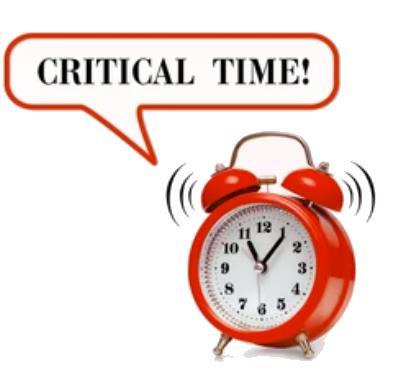
Polio-free India – It seemed impossible until it was done.

Dr Hamid Jafari, Director of Polio for the WHO’s Eastern Mediterranean Region, reflects on his time eradicating polio in India and what lessons we can take from this to address the final challenges for achieving eradication in Afghanistan and Pakistan.
India’s journey from the world’s epicentre of a highly infectious viral disease to turning polio-free was like walking on eggshells: Every step we took mattered.
On 13 January 2023, India completes 12 polio-free years – a remarkable achievement that was made as a result of consistent, determined efforts and genuine commitment at all levels.
I spent close to six enriching years of my life serving as the project manager of the National Polio Surveillance Project (NPSP) for WHO India. My work entailed providing technical assistance and strategic guidance to the national programme. I was also in charge of poliovirus surveillance, monitoring mass vaccination campaigns, crafting corrective measures and strategies, and working closely with government counterparts at all levels to ensure every child was vaccinated enough times to build their immunity. We delivered around 1 billion doses of polio vaccine to 172 million children each year over the course of four years leading up to the last case. And many more in the years after.
Taking a step back to reflect on this journey, there were several factors contributing to the monumental success of ending polio in India. The first fundamental factor was government commitment that consistently translated into diligent administrative action at the operational level. Even the district administrators were fully aligned with and committed to taking corrective measures based on evidence: accepting programmatic gaps and challenges and then committing to addressing them urgently.
The second, was the effective multi-actor system that allowed us as partners to provide technical assistance needed at the implementation level. We had the evidence: real-time data, including monitoring data, at the operational level that guided timely corrective actions. This data was put to good use – to recommend changes that the government took on board. I must emphasize both individuals’ and institutional willingness to make changes based on evidence mattered.
Click here to read the rest of this excellent article.








